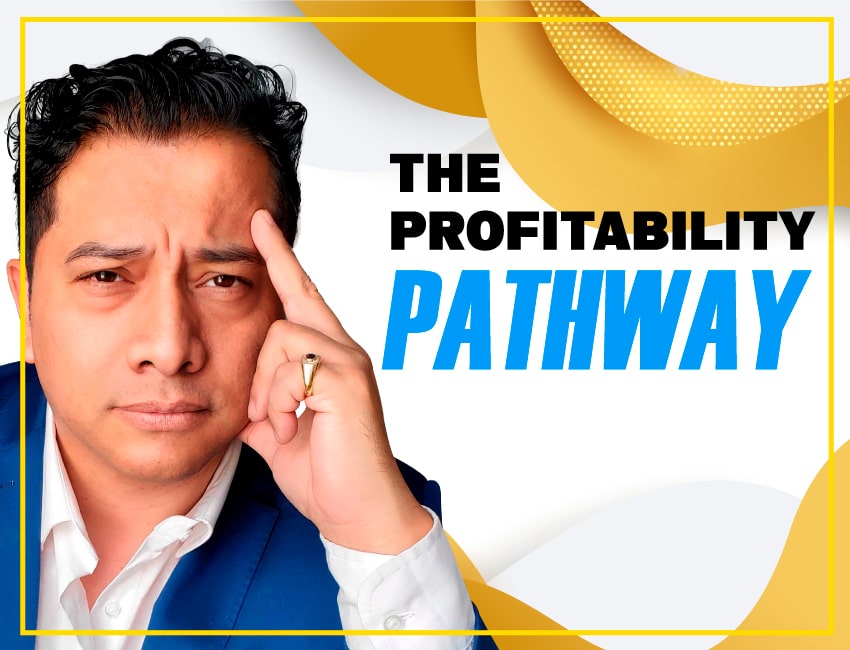Unmasking the Hidden Pitfalls in Your Investment Portfolio

Identifying subtle costs and challenges eating into your returns.
When assessing your investment portfolio, there are several crucial warning signs to be vigilant about. Any of these indicators may suggest that your financial advisor or institution could have significant conflicts of interest and motivations to recommend potentially expensive products with the potential for underperformance due to elevated fees.
Navigating Commissions, Rebates, and Unnecessary Charges
In an ideal financial world, unbiased recommendations should dictate where you allocate your funds. Unfortunately, this isn’t the reality for most brokers and advisors. Conventional advisors often receive varying commissions or incentives for allocating your funds into specific mutual funds, annuities, real estate investment trusts (REITs), or complex financial instruments like structured notes. These commissions and sales fees can significantly impact your investments and potentially diminish your annual returns.
The World of In-House Investment Funds
Brokers frequently promote “proprietary” funds issued by their own institution. These funds typically carry the company’s name within their title. It’s a less-than-subtle strategy designed to keep fees within the organization—a common profit-seeking tactic that relies on clients not inquiring about potentially better or more cost-effective alternatives at other firms.
Certain independent advisors have also found ways to employ this tactic in a more covert manner. Here’s the usual scenario: an advisory firm operates two arms—one being a registered investment advisor providing impartial advice. So far, so reasonable. The second arm is a sister company managing proprietary mutual funds under an entirely different brand. Most clients are aware that Kirkland is a Costco brand, but few suspect that these funds in such cases are actually proprietary.
Model Portfolios: The Hidden Additional Cost
Another increasingly prevalent strategy is as follows: you compensate an advisor a fee for managing your investments—let’s say, 1% of your assets. The advisor then suggests a “model portfolio” (often with a fancy name like the “XYZ Portfolio Series”), which carries an extra charge—let’s say, 0.25% of your assets. This cost is separate from the expenses of the underlying investments in your portfolio. However, no additional value is provided: the “model portfolio” comprises various investments the advisor has chosen, essentially what you hired them to do in the first place. It’s akin to buying $100 worth of groceries and then incurring a $25 fee for the privilege of taking them home in a paper bag! If an advisor charges a fee for investment selection, that should be the final cost, with no hidden extras.


















